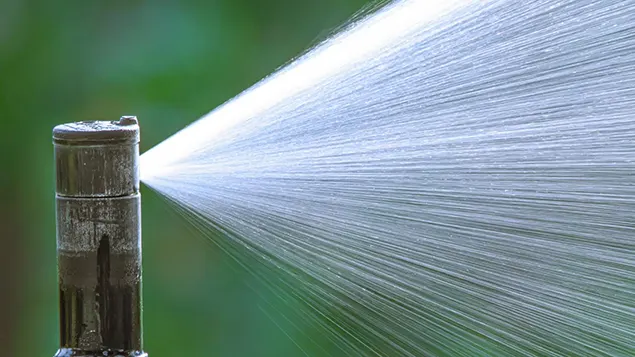Michigan isn’t exactly synonymous with long Summers and abundance of sunshine. In fact, it’s home to the longest freshwater coastline in the world, which greatly contributes to humidity that’s responsible for icy winters.
What does this have to do with irrigation systems? Well, everything! Before temperatures drop to below freezing, the irrigation system on your property should be “put to bed for the season.”
Sprinkler winterization serves to protect the system from the delayed freeze-thaw patterns, which have a habit of causing irrigation system pipes to burst, especially if there’s leftover water in them.
Not to mention, most irrigation system pipes are buried no more than 12 inches below the ground. This makes them highly susceptible to the fluctuating temperatures we tend to experience in Southeast Michigan during the winter season.







